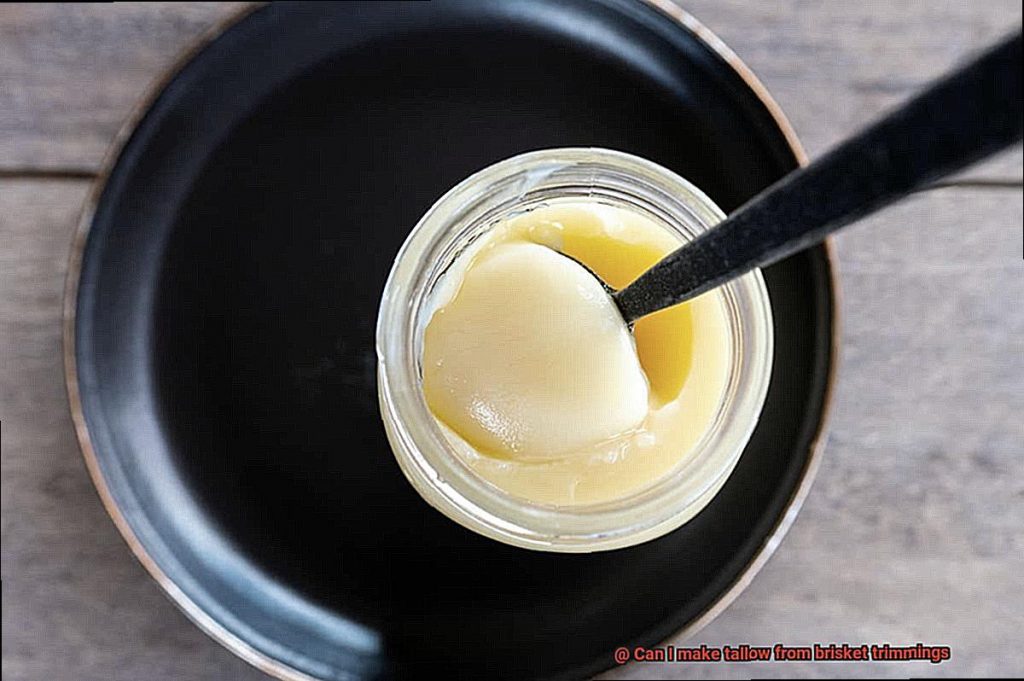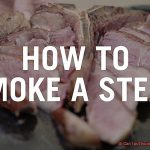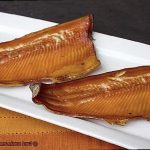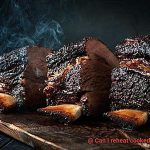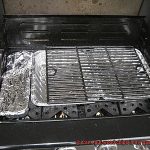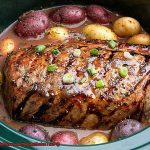Are you a meat lover who enjoys cooking up a storm in the kitchen? If so, then you’re likely familiar with brisket trimmings. Brisket is a notoriously tough cut of beef that requires patience and skill to prepare, but the fatty and flavorful trimmings are often coveted by many. But did you know that these trimmings can also be used to make tallow? Tallow is a type of fat that has been utilized for centuries in cooking, soap-making, and even as a fuel source.
So, can you really make tallow from brisket trimmings? Absolutely. In fact, brisket is one of the best cuts of beef to use for rendering tallow. The high-fat content in brisket trimmings makes it perfect for this process. Additionally, the rich flavor of the beef will give your tallow a deliciously savory taste.
To make tallow from brisket trimmings, you’ll need to render the fat. Rendering involves melting down the fat and separating it from other parts of the meat. This can be done using a large pot on your stove or in an oven-safe baking dish.
Once your tallow is rendered, there are countless ways to use it. You can fry foods with it, substitute butter with it in baked goods, or even use it as an all-natural moisturizer for your skin.
In conclusion, if you’re looking for a new way to utilize those leftover brisket trimmings while reducing food waste at the same time – consider making tallow. Not only is it practical and versatile but also an excellent way to get more out of your meat while adding a unique flavor profile to your dishes.
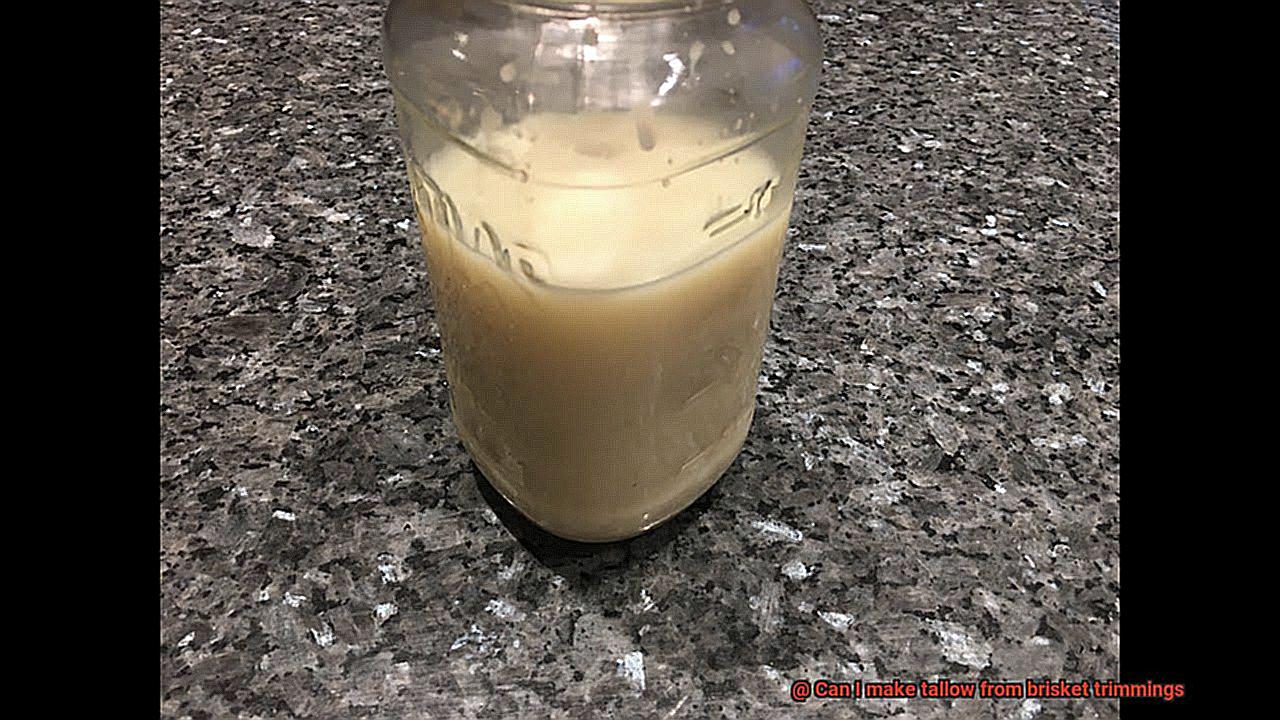
Contents
What are Brisket Trimmings?
Well, these parts are called brisket trimmings. They usually consist of excess fat, connective tissue, and small meat scraps that are too tiny to be used as individual cuts. While they may seem useless and are often discarded or used for ground beef, brisket trimmings can also be transformed into a valuable ingredient known as tallow.
Tallow is a type of rendered fat that has been used for centuries in cooking and skincare products. Beef tallow is the most commonly used type of tallow, and brisket trimmings are an excellent source of it, thanks to their high fat content. The process of making tallow from brisket trimmings involves rendering the fat, which means melting it down and separating it from any impurities.
To start with, you need to select high-quality brisket trimmings that are free from any signs of spoilage. You can source your brisket from a reputable butcher or meat supplier for the best results. After trimming off any excess meat and gristle from the brisket trimmings, cut the fat into small pieces and place them in a heavy-bottomed pot or Dutch oven.
Add enough water to cover the fat and heat the pot over low heat. As the water heats up, the fat will begin to melt. Once the fat has melted, increase the heat to medium-low and continue cooking until all the water has evaporated. Be patient as this process can take several hours. As the water evaporates, the fat will begin to separate from any impurities such as protein and connective tissue.
Once all the water has evaporated, strain the liquid through a fine-mesh strainer or cheesecloth to remove any remaining impurities. Then, pour the liquid into a container and let it cool and solidify. Once it has solidified, you can use it as tallow in your cooking and skincare applications. Tallow is a versatile ingredient that can be used in a variety of recipes, such as frying, baking, and roasting. It is also a popular ingredient in skincare products due to its moisturizing properties.
What Makes Brisket Trimmings a Good Source of Tallow?
Look no further than tallow made from brisket trimmings. Brisket trimmings are a fantastic source of tallow due to their high-fat content and nutrient profile.
The fat in brisket trimmings is primarily saturated fat, making it stable for cooking at high temperatures and perfect for making tallow with a high smoke point. Tallow made from brisket trimmings is great for frying, sautéing, and adding flavor to dishes. But that’s not all – the saturated fat content in tallow also gives it a firm texture, making it an excellent ingredient in skincare products.
In addition to its versatility, tallow made from brisket trimmings is rich in nutrients that are beneficial for your health. Vitamin E is an antioxidant that helps protect the body from free radical damage, while vitamin K plays a vital role in blood clotting. CLA, a type of fatty acid found in tallow, has anti-inflammatory properties and may reduce the risk of heart disease.
So next time you’re trimming a brisket, don’t toss those trimmings – turn them into something delicious and nourishing. Here are some ideas for using tallow made from brisket trimmings:
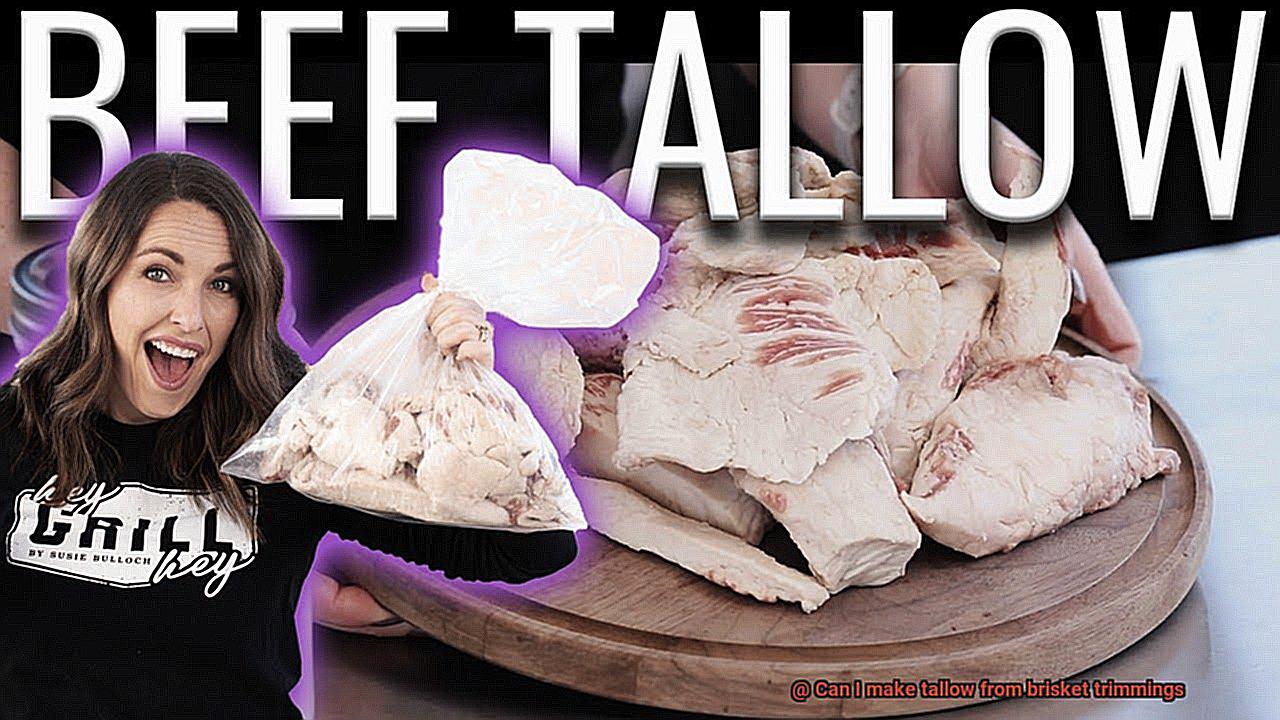
- Use it to fry up crispy chicken or potatoes
- Add it to soups or stews for added flavor
- Use it as a base for homemade soaps or moisturizers
- Rub it onto dry skin to moisturize and soothe
How to Render Fat from Brisket Trimmings
Tallow is a flavorful and nutritious ingredient that can be used in various dishes, from frying to baking. Here are the steps to follow to make tallow from brisket trimmings.
Step 1: Collect Brisket Trimmings
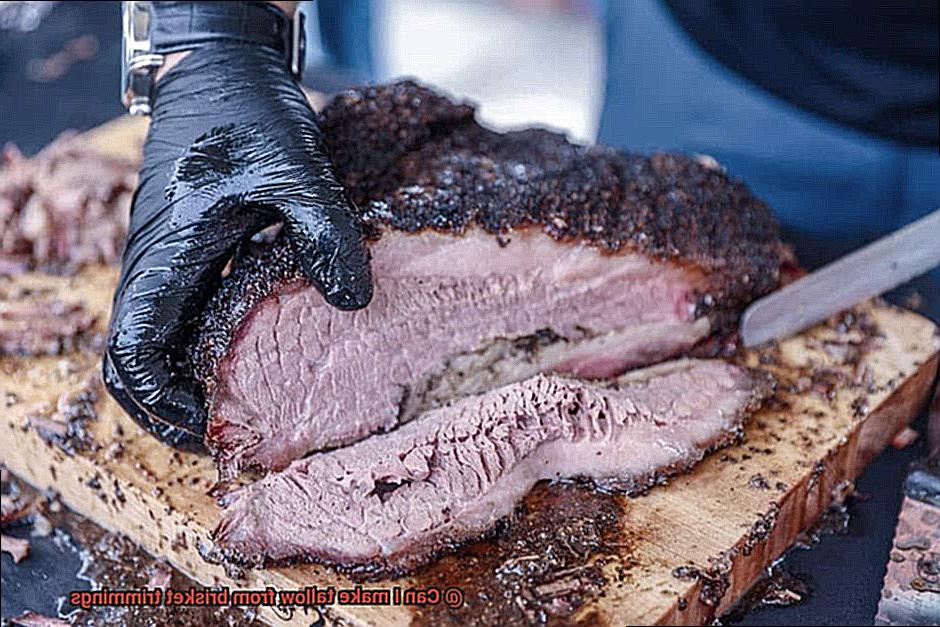
Start by collecting the fatty pieces of meat that were trimmed off when preparing your brisket. Make sure to only use the fat and not any meat or connective tissue. Store the trimmings in a sealed container in the refrigerator until you’re ready to render the fat.
Step 2: Prepare Equipment and Workspace
You’ll need a large pot or Dutch oven, a fine-mesh strainer, cheesecloth, and a heatproof container to pour the rendered fat into. It’s important to work in a well-ventilated area as rendering fat can produce smoke and strong odors.
Step 3: Render the Fat
Begin by cutting the brisket trimmings into small pieces and placing them in the pot or Dutch oven. Turn on the heat to medium-low and allow the fat to slowly melt. As it melts, any remaining meat or connective tissue will separate from the fat. Skim off any impurities that rise to the surface of the pot using a spoon or ladle.
Be patient and stir occasionally as this process can take several hours. You know it’s done when all solid pieces have turned crispy and the fat has turned golden brown.
Step 4: Strain the Fat
Remove the pot from heat and let it cool for a few minutes. Line your fine-mesh strainer with cheesecloth and place it over your heatproof container. Pour the rendered fat through the strainer, allowing any remaining bits of meat or impurities to be caught by the cheesecloth. The liquid fat should be clear and golden.
Step 5: Cool and Store Tallow
Allow the tallow to cool completely before storing it in an airtight container in the refrigerator or freezer. Tallow can be stored in the refrigerator for up to six months or in the freezer for up to a year.
Step-by-Step Guide to Rendering Fat from Brisket Trimmings
Rendering fat from brisket trimmings produces tallow, a versatile and nutritious cooking fat. In this step-by-step guide, I’ll show you how to turn your brisket trimmings into liquid gold.
To begin, you’ll need to prepare the trimmings. Remove any large pieces of meat or connective tissue and cut the remaining fat into small pieces. Place the fat in a heavy-bottomed pot or Dutch oven and add a small amount of water to prevent burning. Heat the pot over low heat, stirring occasionally as the fat begins to melt.
As the fat melts, it will release impurities such as blood and meat particles. Skim these impurities off with a slotted spoon or strainer and discard them. Continue melting the fat until it becomes a clear liquid.
Once the fat has melted completely, strain it through a fine-mesh strainer or cheesecloth to remove any remaining impurities. Transfer the tallow to a container and let it cool to room temperature.
Now that you have your homemade tallow, the possibilities are endless. It makes an excellent cooking fat for frying, roasting, and sautéing. You can even use it as a substitute for butter or oil in baking recipes. Tallow is also high in nutrients such as vitamin E and conjugated linoleic acid (CLA).
When storing tallow, be sure to keep it in an airtight container in a cool, dark place. It will keep for several months at room temperature or up to a year in the refrigerator.
Benefits of Making Tallow from Brisket Trimmings
Don’t let your brisket trimmings go to waste. Making tallow from these scraps not only reduces food waste but also has numerous benefits that make it a valuable addition to any kitchen. As an expert on this topic, I can tell you that making tallow from brisket trimmings is a game-changer.
First and foremost, tallow is a nutrient-dense fat packed with vitamins A, D, E, and K2, as well as beneficial fatty acids. Its rich, beefy flavor adds depth to any dish it’s used in. And with its high smoke point, you can cook your favorite recipes without worrying about burning your food.
But that’s not all – tallow also has a long shelf life and can be stored at room temperature for months without going rancid. This convenience makes it an excellent choice for all your cooking needs. Plus, its moisturizing properties make it ideal for skincare products like moisturizers, lip balms, and soaps. Its composition is similar to human sebum, making it easily absorbed and highly beneficial for the skin.
In addition to being a versatile ingredient for cooking and skincare, making tallow from brisket trimmings is also eco-friendly. By utilizing every part of the animal, you’re reducing food waste. Plus, beef cattle are raised for meat production, and tallow is a byproduct of this process, making it a sustainable choice.
Tips for Successfully Making Tallow from Brisket Trimmings
Making tallow from brisket trimmings can be a rewarding and delicious process. However, it requires a bit of skill and knowledge to ensure that the end result is of high quality. Here are five tips for successfully making tallow from brisket trimmings:
Choose High-Quality Brisket Trimmings
When selecting brisket trimmings, look for pieces that are well-marbled with fat. Avoid using pieces with excess gristle or sinew, as they can negatively affect the final product’s flavor and texture.
Use a Slow and Steady Cooking Process
To prevent burning or scorching the fat, cook it slowly over low heat. A crockpot or slow cooker is an excellent tool for this task as it allows the fat to render slowly over a long period of time. Stir the mixture occasionally to prevent any sticking.
Thoroughly Strain the Rendered Fat
Strain the rendered fat through cheesecloth or a fine-mesh sieve to remove any impurities or bits of meat that may have made their way into the rendering process. This will help ensure that your tallow has a clean, pure flavor.
Store Your Tallow Properly
Once you’ve rendered your tallow, transfer it to an airtight container and store it in the refrigerator or freezer until ready to use. Proper storage can help extend the shelf life of your tallow for several months.
Experiment with Different Uses
Tallow is a versatile ingredient that can be used in many ways. Try using it as a cooking oil for frying, sautéing, or roasting vegetables and meats. It can also be used as a natural skincare ingredient or even as a candle wax.
Common Mistakes to Avoid When Rendering Fat from Brisket Trimmings
If you’re a brisket fanatic who loves to experiment with different cuts of meat, you may have tried rendering fat from brisket trimmings to use in various recipes. But did you know that there are some common mistakes that can easily be avoided during the rendering process?
Firstly, one of the most significant mistakes is using high heat. When you crank up the heat, your fat will burn and give your tallow an unpleasant bitter taste and smell. To avoid this, it’s crucial to use low heat and take your time when rendering fat from brisket trimmings.
Secondly, not removing impurities from the fat before rendering is another mistake to avoid. These impurities, such as meat scraps or blood, can negatively affect the flavor and quality of your tallow. Therefore, it’s vital to remove any impurities before rendering.
In addition, using inadequate equipment is another mistake that can lead to poorly rendered tallow. To ensure you have high-quality tallow, you’ll need a large pot or slow cooker with a lid, a fine mesh strainer, and cheesecloth or a coffee filter to strain the tallow properly.
Lastly, storing your tallow incorrectly can result in spoilage and rancidity. Tallow should be stored in an airtight container in a cool, dark place to ensure its longevity.
Uses for Tallow Made from Brisket Trimmings
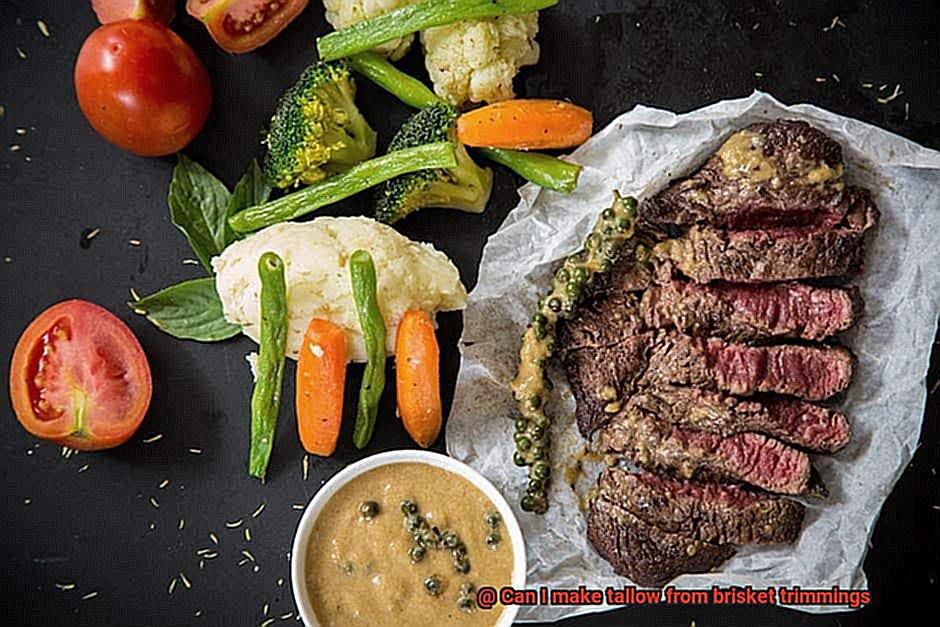
Look no further than the trimmings – with tallow made from brisket trimmings, you can create a versatile ingredient that has a wide range of uses.
In the kitchen, tallow made from brisket trimmings is an excellent choice for cooking. Its high smoke point means that it can withstand high temperatures without burning, making it perfect for frying, searing, and roasting. Say goodbye to unevenly cooked dishes and burnt oil – with tallow, your meals will be perfectly cooked every time.
But the benefits of tallow don’t stop there – it also has skincare benefits. The fatty acids in tallow are known to hydrate and nourish the skin, making it an excellent natural moisturizer. Say goodbye to dry skin and hello to a radiant glow with this simple yet effective ingredient.
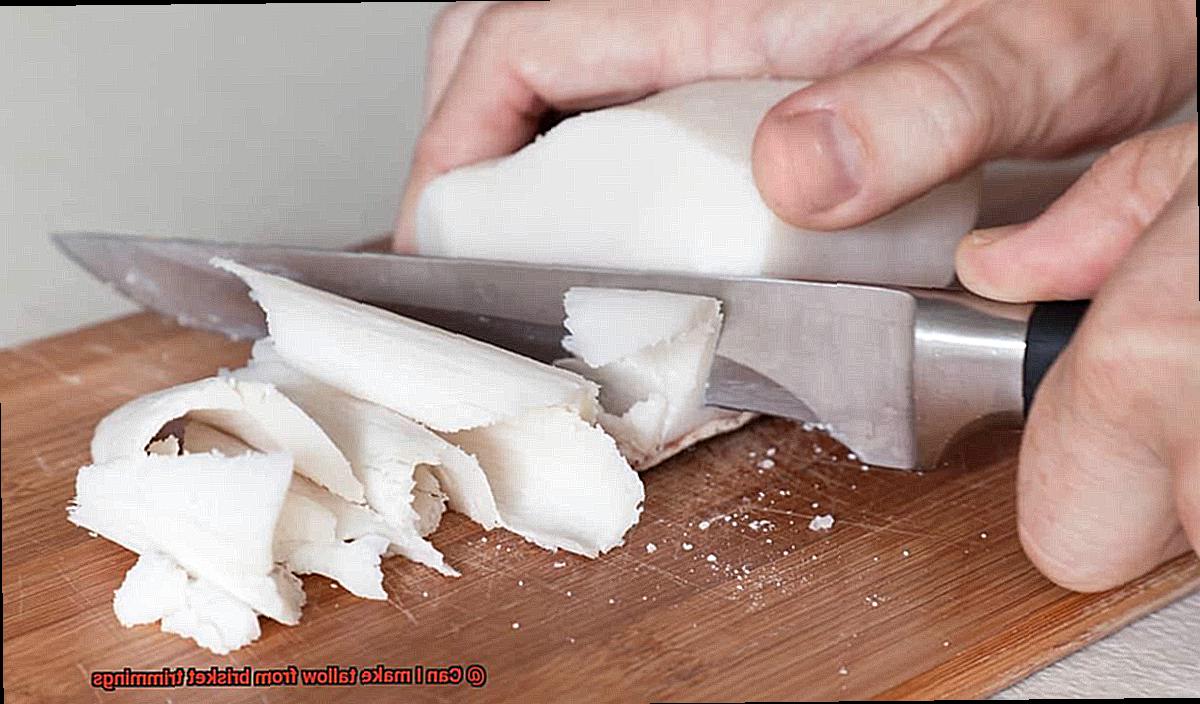
In addition to its use in the kitchen and as a skincare product, tallow made from brisket trimmings can also be used as a natural leather conditioner. The fatty acids in tallow help to keep leather soft and supple while protecting it from moisture and environmental factors. Say goodbye to stiff leather goods and hello to items that look and feel like new.
For those who enjoy making their own candles, tallow made from brisket trimmings is an excellent alternative to traditional wax. Tallow candles burn cleanly and evenly with a subtle scent that many people find appealing. Plus, using tallow as a candle-making ingredient is a sustainable choice.
hu4kpG15EtQ” >
Conclusion
In conclusion, if you’re a meat lover with a passion for cooking, then brisket trimmings are your ticket to making tallow. This tough cut of beef may require patience and skill to prepare, but its fatty and flavorful trimmings are often highly coveted. And with good reason – these trimmings can be transformed into a valuable ingredient known as tallow.
Tallow is a type of rendered fat that has been used for centuries in cooking, soap-making, and even as a fuel source. Brisket trimmings are an excellent source of tallow due to their high-fat content and nutrient profile. The fat in brisket trimmings is primarily saturated fat, making it stable for cooking at high temperatures and perfect for making tallow with a high smoke point.
But the benefits don’t stop there. Tallow made from brisket trimmings is great for frying, sautéing, and adding flavor to dishes. To make tallow from brisket trimmings, all you need to do is render the fat by melting it down and separating it from any impurities such as protein and connective tissue.
Once your tallow is rendered, the possibilities are endless. You can fry foods with it, substitute butter with it in baked goods or even use it as an all-natural moisturizer for your skin. Making tallow from brisket trimmings not only reduces food waste but also has numerous benefits that make it a valuable addition to any kitchen.
This nutrient-dense ingredient is packed with vitamins A, D, E, K2 as well as beneficial fatty acids. Its rich beefy flavor adds depth to any dish it’s used in while its moisturizing properties make it ideal for skincare products like moisturizers, lip balms, and soaps.

